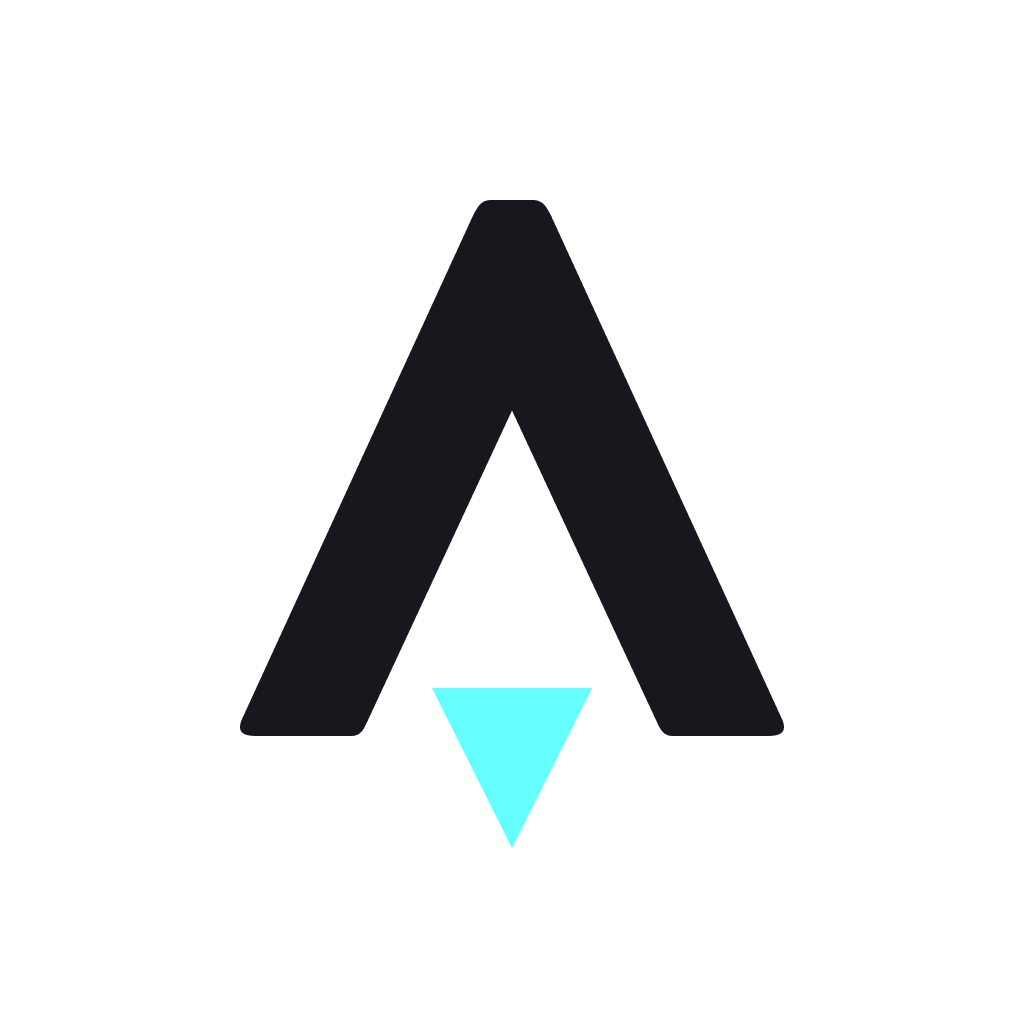


Lorenzo Protocol PriceBANK
BANK to USD converter
How do you feel about Lorenzo Protocol today?
About Lorenzo Protocol (BANK)
What Is Lorenzo Protocol (BANK)?
Lorenzo Protocol is the first Bitcoin liquidity finance layer. It is designed to meet the growing demand for Bitcoin liquidity across Layer 2 solutions, decentralized finance (DeFi) platforms, and staking ecosystems. As Bitcoin adoption accelerates globally, investors seek new ways to earn yield from their holdings. Lorenzo addresses this demand by creating a platform where Bitcoin holders can stake their unused Bitcoin and access financial products tied to staking rewards.
At the core of Lorenzo Protocol is the concept of making Bitcoin liquidity more efficient and accessible. It enables Bitcoin holders to stake their assets into Proof-of-Stake (PoS) ecosystems like Babylon, earning rewards without giving up ownership of their Bitcoin. Lorenzo achieves this by tokenizing staked Bitcoin into two types of assets: Liquid Principal Tokens (LPTs) and Yield Accruing Tokens (YATs). These tokens can be used within the DeFi ecosystem, giving users flexibility to trade, lend, or hold their tokenized Bitcoin.
Lorenzo Protocol aims to create a structured and transparent environment for Bitcoin financial vehicles. It uses a combination of decentralized and trusted institutional models to overcome Bitcoin's limited programmability, providing a flexible and secure foundation for Bitcoin liquidity finance. Investors can explore staking, liquidity provision, and DeFi participation through a single platform built specifically for Bitcoin assets.
How Lorenzo Protocol Works
Lorenzo Protocol has built a system that lets Bitcoin holders stake their BTC, tokenize it, and use it across different decentralized finance applications:
1. Bitcoin Staking and Tokenization
Bitcoin holders stake their BTC into projects like Babylon through Lorenzo. When BTC is staked, Lorenzo issues stBTC (Liquid Principal Tokens) and YATs (Yield Accruing Tokens) to the user, representing the staked amount and the yield separately.
2. Decentralized Custody and Relayers
Custody of Bitcoin is managed through trusted institutions like Cobo, Ceffu, and Chainup. Relayers validate Bitcoin blockchain transactions and submit block headers to the Lorenzo appchain, ensuring transparency and decentralization in tracking staking activities.
3. stBTC Minting and Settlement
Minting stBTC involves verifying the Bitcoin transaction against specific conditions, including OP_RETURN data and confirmed block headers. Settlement ensures that stBTC holders can reclaim their principal BTC when unstaking, even after trading their stBTC tokens.
4. DeFi Ecosystem for stBTC and YATs
Lorenzo builds a DeFi ecosystem around its staking tokens. Users can trade stBTC and YATs, use them as collateral in lending protocols, and create structured yield products like Bitcoin fixed-income instruments.
5. EnzoBTC: Decentralized Wrapped Bitcoin
Lorenzo also offers enzoBTC, a decentralized version of wrapped Bitcoin. EnzoBTC is designed for greater flexibility across DeFi platforms and allows users to earn yield while maintaining Bitcoin exposure.
6. Phased Launch and Expansion
In Phase One, Lorenzo focuses on basic staking into Babylon and issuing stBTC. In Phase Two, the platform expands to accept Bitcoin-equivalent assets (e.g., wBTC, BTCB) and introduces Yield Accruing Tokens (YATs) to separate principal and yield more efficiently.
What Is BANK Token?
The BANK token is the native utility and governance token of Lorenzo Protocol. It plays a central role in managing staking activities, reward distribution, and participating in Lorenzo’s decentralized governance framework. The total supply of BANK is 425.25 million tokens. Holders of BANK tokens can also benefit from reward multipliers, ecosystem incentives, and governance rights as the Lorenzo platform evolves.
Should You Invest in Lorenzo Protocol?
Lorenzo Protocol offers a new way for Bitcoin holders to participate in decentralized finance and staking opportunities. Like any early-stage blockchain project, it carries both potential rewards and risks. Investors should consider their own goals and risk tolerance carefully before getting involved.
Conclusion
Lorenzo Protocol introduces a new layer of Bitcoin liquidity finance by tokenizing staked Bitcoin and unlocking new possibilities within the DeFi ecosystem. With products like stBTC, YATs, and enzoBTC, the platform offers Bitcoin holders opportunities to earn yield while maintaining liquidity. Lorenzo’s hybrid approach, combining decentralized infrastructure with trusted custodians, aims to address Bitcoin's technical limitations for financial applications. As Bitcoin’s role within decentralized finance continues to expand, platforms like Lorenzo may play a key role in shaping the future landscape of blockchain-based financial services.
AI analysis report on Lorenzo Protocol
Live Lorenzo Protocol Price Today in USD
Lorenzo Protocol Price History (USD)
 Lowest price
Lowest price Highest price
Highest price 
What is the highest price of Lorenzo Protocol?
What is the lowest price of Lorenzo Protocol?
Lorenzo Protocol Price Prediction
What will the price of BANK be in 2026?
What will the price of BANK be in 2031?
FAQ
What factors most influence the price of Lorenzo Protocol?
Is Lorenzo Protocol a good investment?
What has been the historical price trend of Lorenzo Protocol?
How can I buy Lorenzo Protocol?
What is the current price of Lorenzo Protocol?
Will Lorenzo Protocol's price increase in the future?
What is the market capitalization of Lorenzo Protocol?
What are the risks involved in investing in Lorenzo Protocol?
Where can I find the latest news about Lorenzo Protocol?
How does Lorenzo Protocol compare to other cryptocurrencies?
What is the current price of Lorenzo Protocol?
What is the 24 hour trading volume of Lorenzo Protocol?
What is the all-time high of Lorenzo Protocol?
Can I buy Lorenzo Protocol on Bitget?
Can I get a steady income from investing in Lorenzo Protocol?
Where can I buy Lorenzo Protocol with the lowest fee?
Lorenzo Protocol news
Lorenzo Protocol updates
Lorenzo Protocol Market
Lorenzo Protocol holdings by concentration
Lorenzo Protocol addresses by time held

Global Lorenzo Protocol Prices
- 1
- 2
- 3
- 4
- 5
How to buy Lorenzo Protocol(BANK)

Create Your Free Bitget Account

Verify Your Account

Convert Lorenzo Protocol to BANK
Trade BANK perpetual futures
After having successfully signed up on Bitget and purchased USDT or BANK tokens, you can start trading derivatives, including BANK futures and margin trading to increase your income.
The current price of BANK is $0.07145, with a 24h price change of +8.29%. Traders can profit by either going long or short onBANK futures.
Join BANK copy trading by following elite traders.
New listings on Bitget
Buy more
Where can I buy Lorenzo Protocol (BANK)?
Video section — quick verification, quick trading

BANK to USD converter
Lorenzo Protocol ratings
Bitget Insights


Related assets
Additional info on Lorenzo Protocol
Coin overview
Coin-related
Trade-related
Trade
Earn
BANK/USDT
SpotBANK/USDT
USDT-M Futures
































